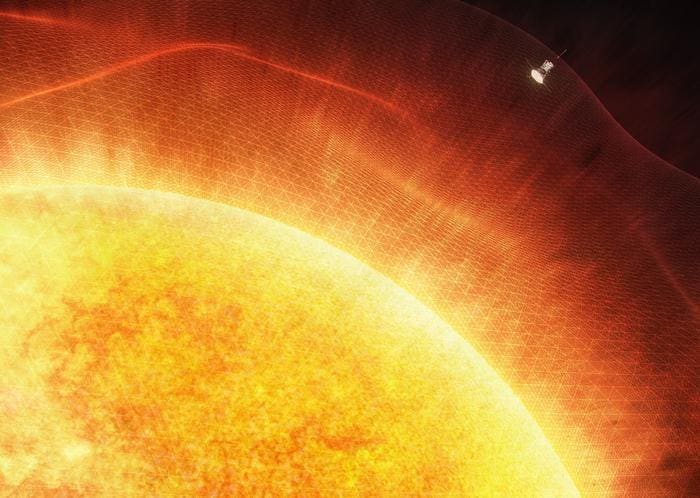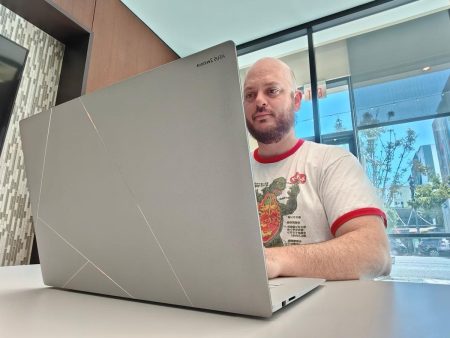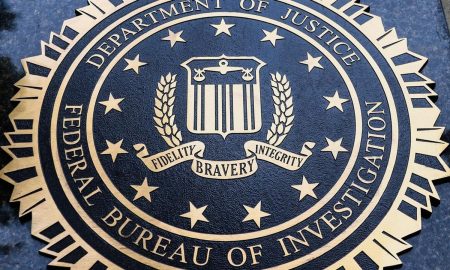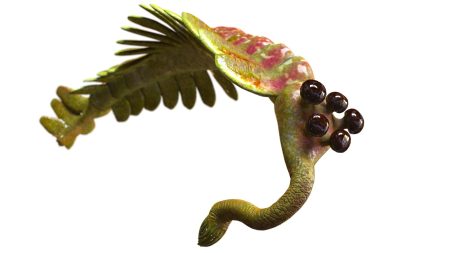Days after scientists unraveled new mysteries about the solar wind from its last close pass, NASA’s Parker Solar Probe has just survived its latest close flyby of the sun.
On June 27 the probe got to within just 5.3 million miles of the solar surface while traveling at 364,610 miles per hour, according to NASA.
That’s just under 96% of the Earth-sun distance, which totals about 93 million miles.
Its latest close approach—called perihelion by astronomers—came during its 13th orbit since it launched from Earth on August 18, 2018.
Predicting Space Weather
Parker’s job is to help scientists find the origin of the high-energy particles that create the solar wind—a continuous flow that permeates the entire solar system. Where it ceases is effectively the definition of the edge of the solar system and the beginning on interstellar space.
Once the origin has been discovered and understood, thanks to Parker, it’s hoped that solar physicists will be able to better understand heliophysics and so more accurately predict space weather.
As charged particles strike Earth’s atmosphere they cause beautiful aurora, but also radio blackouts and rapid ageing of satellites in orbit.
They can also negatively affect astronauts, electrical grids and, in extreme cases, possibly even the internet.
Next up for Parker is a flyby of Venus on August 21, its sixth of seven planned. That’s a critical maneuver because it puts Parker into position to get even closer to the sun. The next perijove, due on September 27, 2023 will see Parker get to within a mere 4.5 million miles of the sun’s surface.
Wishing you clear skies and wide eyes.
Read the full article here






